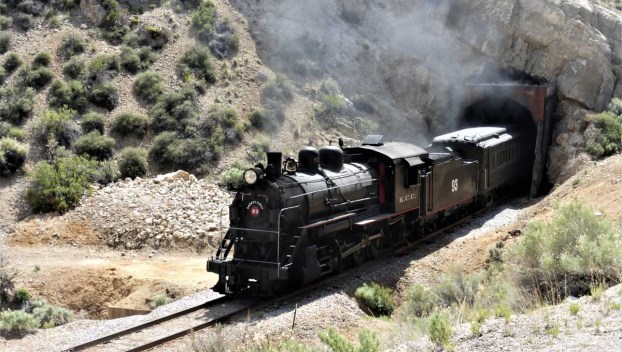
Uncategorized
Choo Choo Heaven: Nevada museum focuses on all things trains
Although trains have become an outmoded form of public transportation in much of the United States, riding the ... Read more

Although trains have become an outmoded form of public transportation in much of the United States, riding the ... Read more

Although trains have become an outmoded form of public transportation in much of the United States, riding the ... Read more

Roanoke was born a railroad town. Read more

Roanoke was born a railroad town. Read more